Užpaliai Manor has been associated with prominent nobles since the end of the 14th century. The Grand Duke of Lithuania appointed representatives of the Astikas, Radvila, and Sapiega families to be overseers and administrators of the manor. In the latter half of the 18th century, the manor was assigned to Michał Kleofas Ogiński and in 1796 to Józef Antoni Poniatowski. Around 1800, the manor was purchased by Pranciškus Sapiega, who undertook reconstruction works and building the structures that form the present-day manor estate. After the November Uprising (1830-1831), the manor was confiscated from the Sapiega family and transferred to the state treasury, to be rented out. In one of the manor's wooden buildings, a temporary Russian Orthodox church was established. Next to it, a bell-tower was built using the Russian community's funds. In 1872, a brick Russian Orthodox church was built at the manor.
The present-day Užpaliai manor estate consists of 33,000 square metres, which includes three buildings and a pond, connected by canals to the Šventoji River.
The manor's owners did not reside in Užpaliai, so they did not see any need to construct elegant or ornamented buildings. The house assigned to the manor's administrator was built in the Classicist style around 1802–1809. In the latter half of the 19th century, the Russian Orthodox clergy took up residence in the building, and a Russian primary school opened its doors. In 1918, the valsčius (local government) administration was established here, in 1921 there was a school, and after capital repairs were performed and the building was reconstructed from the foundation up, it was used as a school dormitory starting in 1974. The building was renovated in 2020–2023.
The two other remaining manor buildings, standing on the other side of the present-day Vytauto gatvė (street), served as residential as well as non-residential properties.
The stone masonry building served as the residence for the manor's steward and servants, a stable, a carriage-house and a barn. Later, it served as a school, the local government administrator's residence, the valsčius administration, a jail, and a stable. Today, at the initiative of the prominent equestrian Viktorija Jovarienė, a creatively designed space is being constructed in the building, called Kamenyčia, in which events can be held.
The watermill was used to grind flour and hull grain, cut and plane boards, produce felt, card wool and supply energy to the town. The watermill operated until 1969.
The site is listed on the Registry of Cultural Heritage Properties.
Visitors are welcome!

+25


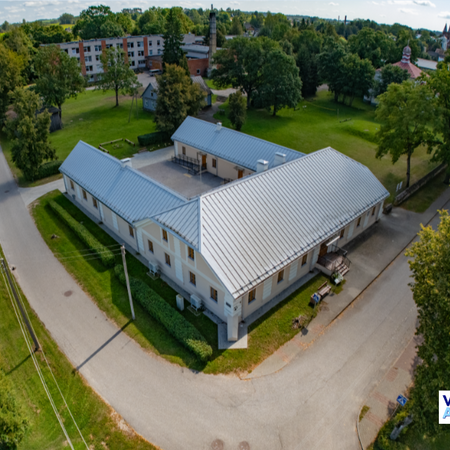
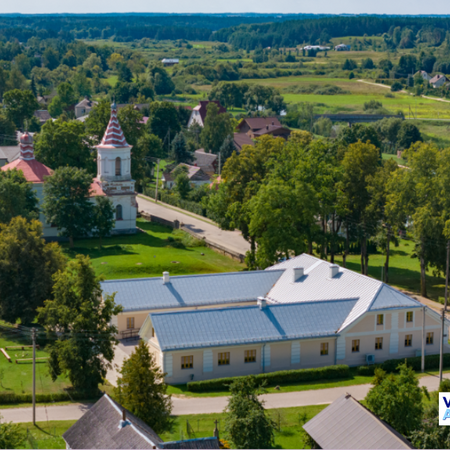
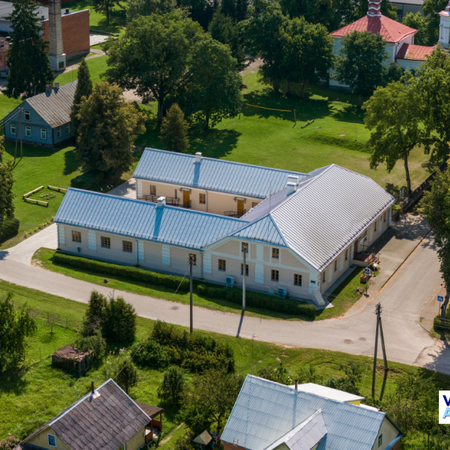
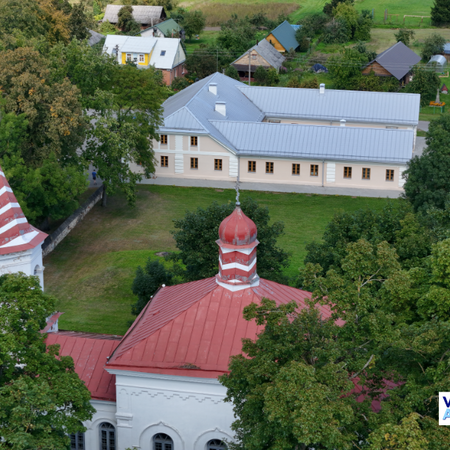
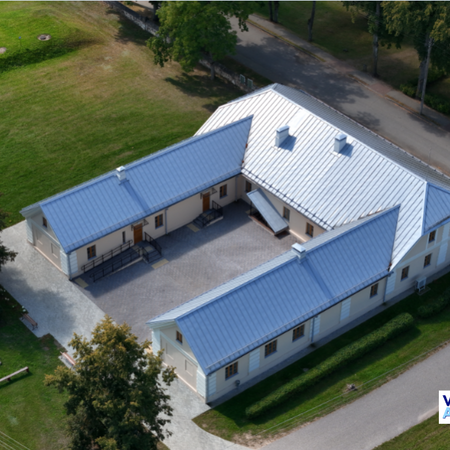
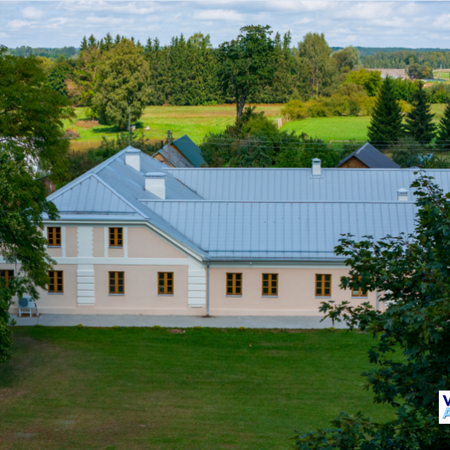
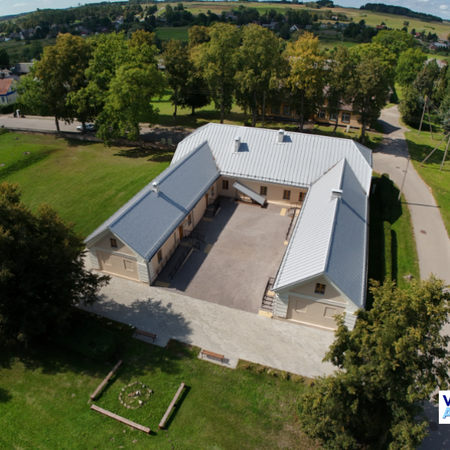
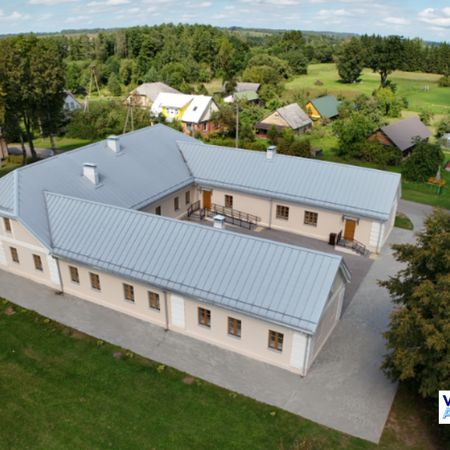
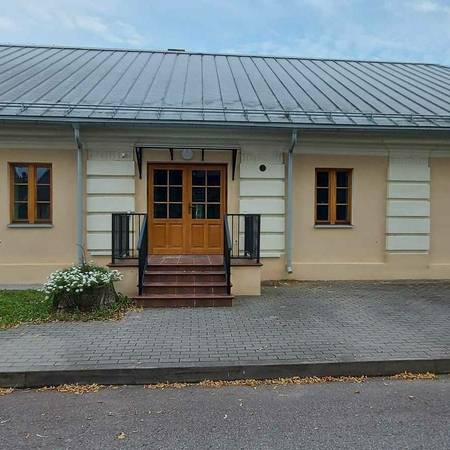
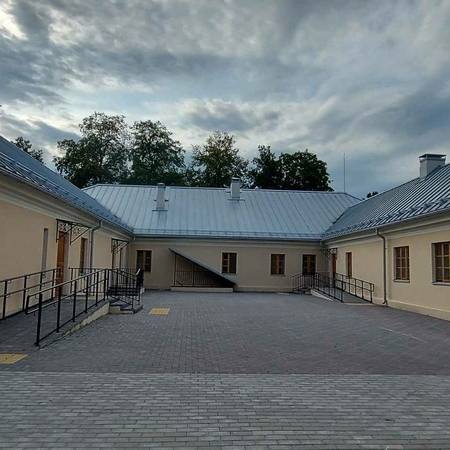
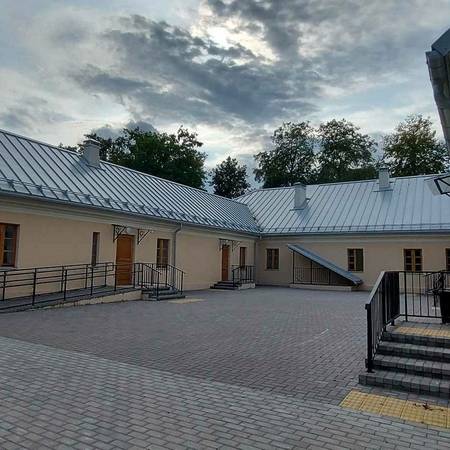
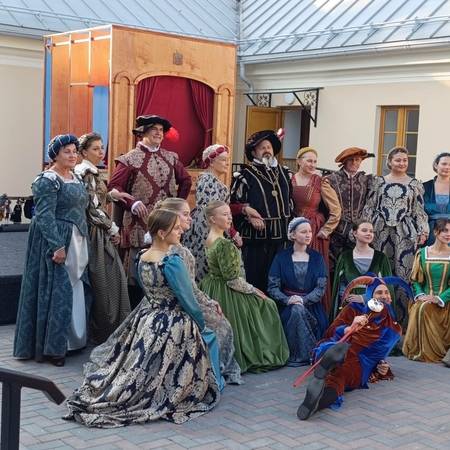
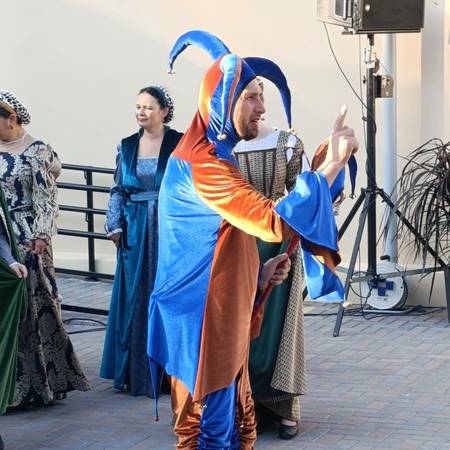
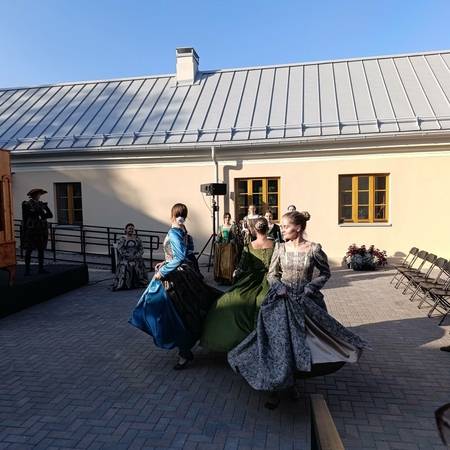
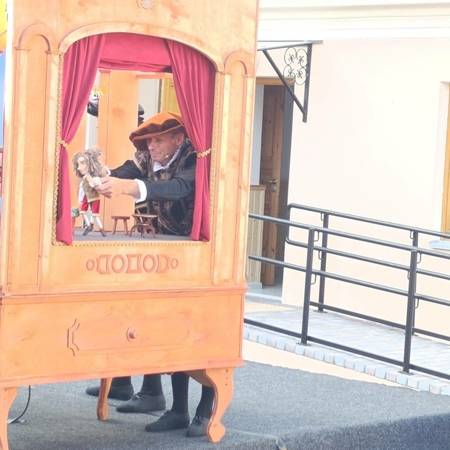
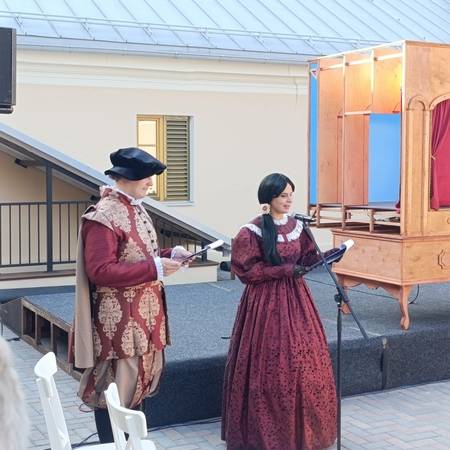
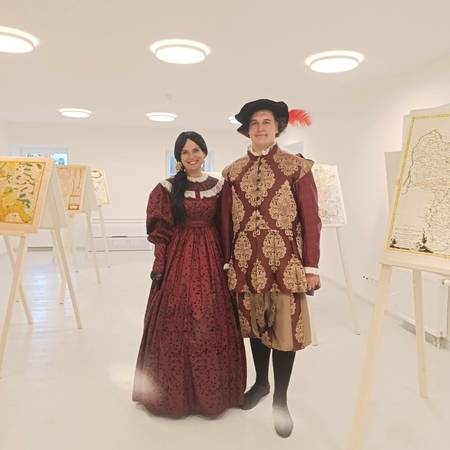
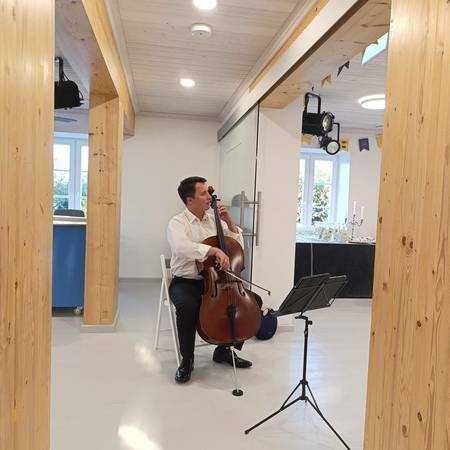
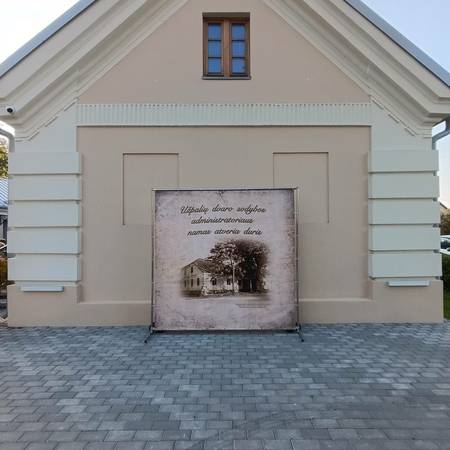
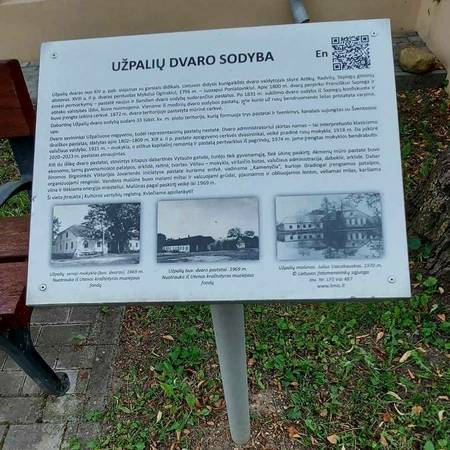
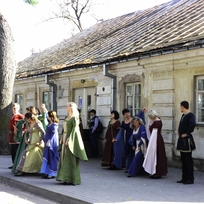
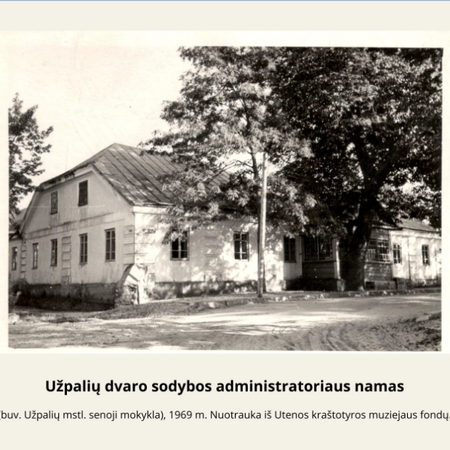
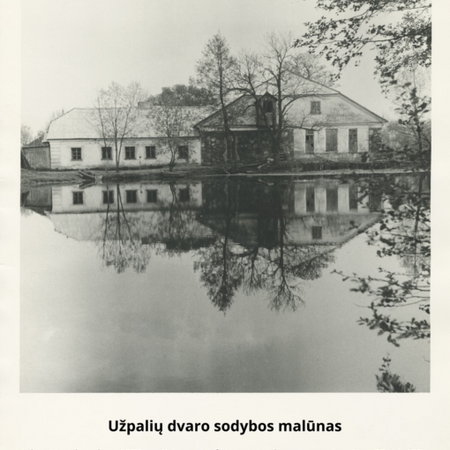
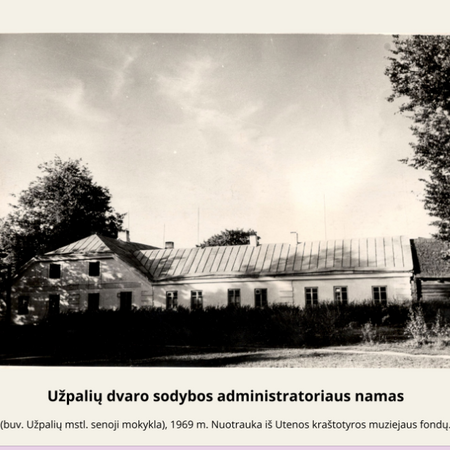
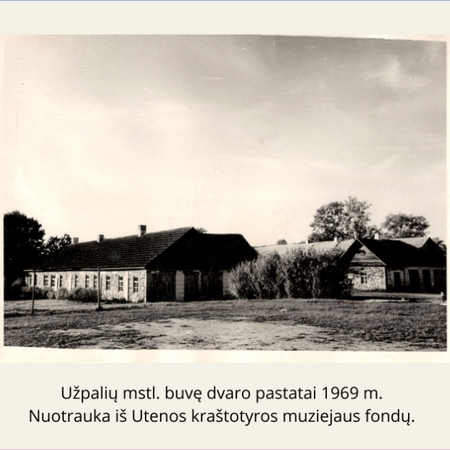
Reviews